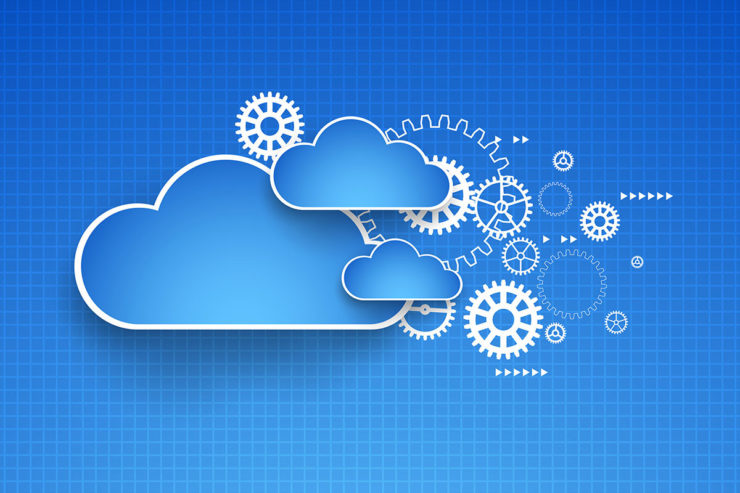
If you’re a top-level business executive advised by an outside computer consultant to try a cloud-based enterprise resource planning (ERP) solution, it’s understandable why you might be curious about the suggestion. How can this software resolve the inaccuracies, inefficiencies, low productivity, high costs, and low revenues in your organization?
ERP functionality is far different from any other enterprise software you have used in your business. Cloud ERP in particular can help your organization streamline system integration and cloud computing.
Some Basic Definitions
1. Enterprise Resource Planning (ERP)
The best way to understand how Enterprise Resource Planning (ERP) works is to think of it as a way of unifying your computer systems. You’re connecting core parts into a single, digitized experience.
2. Cloud computing
When you stand on a platform to deliver a presentation, you stand at an elevated level to facilitate communication. You can see your audience and they can see you. In computer parlance, the word “platform” is used as a metaphor to describe where an application stands so that it can deliver its services of gathering, organizing, and disseminating information. Consequently, software can be on-premise software or cloud-based software. If it’s on-premise software, it’s installed on the company’s platform, which is a local server; if it’s cloud-based software, it’s installed on a third-party platform, which is a remote server.
Cloud computing provides a wide range of benefits like improved flexibility, disaster recovery, and automatic updates. Cloud computing frees up your capital expenditure. It allows you to work from anywhere, increases collaboration between users, and enhances document control. Additionally, cloud computing offers a wider range of security measures compared to on-premise solutions.
The Benefits of Cloud ERP
With ERP, every department can access the relevant information they need with the click of a button. Your people in marketing, sales, human resources, and materials management can get the most up-to-date information. So, for example, somebody giving a sales presentation to a client can quote the same statistics that somebody in marketing back at the corporate office is using to write a report. In short, everything everyone needs to know, wherever they are and whatever they are doing, is available at their fingertips. Moreover, it’s available in real time.
When everyone can access the right information in real time:
– Revenue improves
– Processes become more efficient
– Communication becomes clearer throughout the organization
– Employee morale gets better because everyone has the power to do a good job
– Tedious manual oversight work becomes unnecessary
– Decision-making throughout the organization is based on accurate information
Any organization that deals with a large amount of constantly changing information can benefit from ERP. They can search for the information they need, access it quickly, and use it expeditiously. For instance, a manufacturing company could use ERP to get better control of workforce deployment, equipment, and materials while a high school could use ERP to track student registration, examination schedules, and student scores.
Implementing ERP
When implementing ERP, take the following five steps:
1. Strategic Planning
2. Procedure Review
3. Data Collection and Clean-Up
4. Training and Testing
5. Implementation and Evaluation
ERP organizes your most important information into a single, customized database. This information can be used to improve efficiency, efficacy, and productivity in all of your key departments. And all the while, it can simultaneously cut costs and improve revenues.










